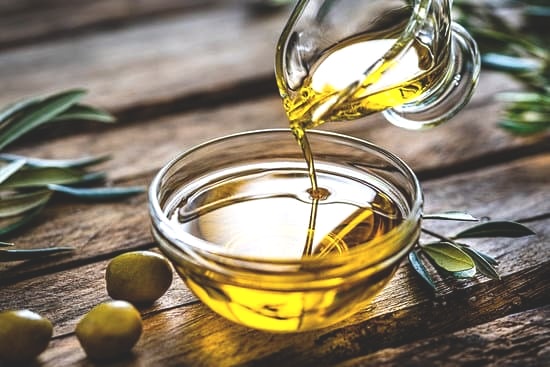Try More Conversion Options
Dynamic Viscosity
ClearKinematic Viscosity
ClearViscosity Unit Converter Tutorial
Viscosity is a measure of a fluid's resistance to deformation or flow. It is an important property in characterizing how fluids move under applied force. Viscosity can be categorized into dynamic (absolute) viscosity and kinematic viscosity.

Symbol and Units
Dynamic Viscosity
- Pascal-second (Pa·s): The base SI unit of dynamic viscosity.
- Poise (P): 1 P = 0.1 Pa·s
- Millipascal-second (mPa·s): 1 mPa·s = 0.001 Pa·s
- Centipoise (cP): 1 cP = 0.01 P = 0.001 Pa·s
Kinematic Viscosity
- Square meter per second (m²/s): The base SI unit of kinematic viscosity.
- Stokes (St): 1 St = 0.0001 m²/s
- Centistokes (cSt): 1 cSt = 0.01 St = 0.000001 m²/s
Formula
Dynamic Viscosity (η): \( \eta = \tau / \gamma \), where \( \tau \) is the shear stress and \( \gamma \) is the shear rate.
Kinematic Viscosity (ν): \( \nu = \eta / \rho \), where \( \rho \) is the density of the fluid.
Key Points
- Dynamic viscosity measures the force needed to move one layer of fluid in relation to another.
- Kinematic viscosity considers the fluid's density in relation to its dynamic viscosity.
- Viscosity is temperature-dependent; most fluids decrease in viscosity as temperature increases.
- Dynamic viscosity is often measured in Poise or Pascal-seconds, while kinematic viscosity is measured in Stokes or square meters per second.
Applications
- Engineering: Design of machinery involving lubricants and hydraulic fluids.
- Medicine: Understanding blood flow and the formulation of pharmaceutical syrups.
- Food Industry: Quality control in products like honey, ketchup, and syrups.
- Petroleum Industry: Analysis of crude oil and other petroleum products.
- Automotive Industry: Performance of lubricants and fuels.
Material Variance
- Water: Low viscosity, flows easily.
- Honey: High viscosity, flows slowly.
- Motor Oil: Moderate viscosity, varies with temperature.
- Gases: Generally have lower viscosity compared to liquids, and viscosity increases with temperature.
Examples
Example 1: Convert 5 Poise to Pascal-seconds:
5 P = 5 × 0.1 Pa·s = 0.5 Pa·s
Example 2: Convert 2000 mPa·s to Poise:
2000 mPa·s = 2000 × 0.001 Pa·s = 2 Pa·s = 20 P
Example 3: Convert 50 cP to Pa·s:
50 cP = 50 × 0.001 Pa·s = 0.05 Pa·s
Example 4: Convert 1 Stokes to square meters per second:
1 St = 0.0001 m²/s
Example 5: Calculate the kinematic viscosity if dynamic viscosity is 0.1 Pa·s and density is 1000 kg/m³:
\( \nu = \eta / \rho = 0.1 / 1000 = 0.0001 \) m²/s